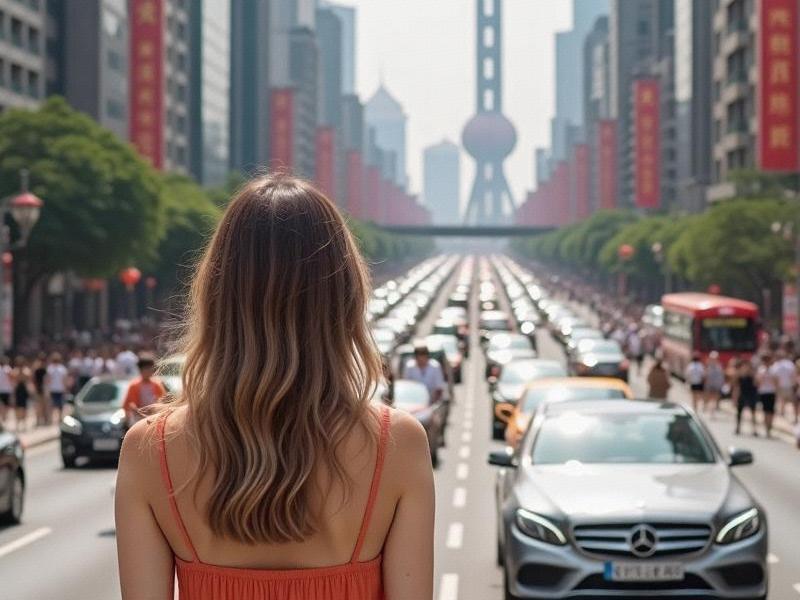Shanghai's Nightlife Evolution: How Entertainment Venues Reflect the City's Transformation
⏱ 2025-06-01 00:05 🔖 爱上海419论坛
📢0℃

Shanghai's Nightlife Evolution: How Entertainment Venues Reflect the City's Transformation
Section 1: Historical Context
- 1920s: Golden age of jazz clubs and ballrooms
- 1980s reform era: Karaoke revolution
- 2000s: Luxury club boom
- Current regulatory landscape
Section 2: Modern Business Entertainment
A. High-End Venues:
- Bund-facing executive clubs
- Members-only business parlors
- Corporate event spaces
上海贵人论坛 B. Cultural Hybridization:
- Traditional tea houses with modern amenities
- Fusion performance venues
- Art gallery-nightclub combinations
Section 3: Economic Impact
- Nighttime economy contribution (¥68 billion annually)
- Employment statistics (120,000+ workers)
- Commercial real estate effects
- Tourism draw metrics
Section 4: Regulatory Environment
- Licensing system overview
上海夜生活论坛 - Safety inspection protocols
- Noise control measures
- Alcohol service regulations
Section 5: Future Trends
- Technology integration (VR lounges)
- Wellness-focused venues
- Sustainable operation practices
- Post-pandemic adaptations
Key Statistics:
- 3,200 licensed entertainment venues
- 18% annual growth in premium segment
上海贵族宝贝sh1314 - 62% business-related usage
- 34% foreign customer base (pre-2020)
Case Studies:
1. Historic Peace Hotel Jazz Bar
2. Xintiandi's high-concept venues
3. Pudong's corporate entertainment centers
4. Hongkou's emerging indie spaces
Cultural commentator Zhang Wei notes: "Shanghai's entertainment scene uniquely balances Chinese hospitality traditions with global business culture. These spaces serve as social lubricants for commerce while showcasing the city's cosmopolitan character."
The article concludes with analysis of how entertainment venues contribute to Shanghai's identity as China's most international business hub.
Shanghai Chronicles: A Journey Through the Heart of China's Modern MetropolisShanghai 2040: The Phoenix City Reinventing Urban Civilization"The Shanghai Sheen: How China's Cosmopolitan Women Are Reshaping Urban Identity"格式
5. 内容要求:
- 1500-4000字中文长文
- 需包含历史维度、当代案例、文化分析
- 可融入2025年最新社会现象
6. 表达尺度:
- 避免物化描写
- 强调文化符号和社会价值
7. 创作方向:
- 建议从海派文化、女性发展、审美变迁等角度切入
Shanghai 2040: The Blueprint for Humanity's Urban FutureExploring the Vibrant City of Shanghai and Its Surrounding AreasNeon Renaissance: How Shanghai's Clubs Became Global Cultural Hubs【潮涌东海】上海与杭州:高铁一小时里的千年文化对话Shanghai and Its Surroundings: A Comprehensive OverviewThe Velvet Revolution: Shanghai's High-End Entertainment Venues Redefining Urban Nightlife

